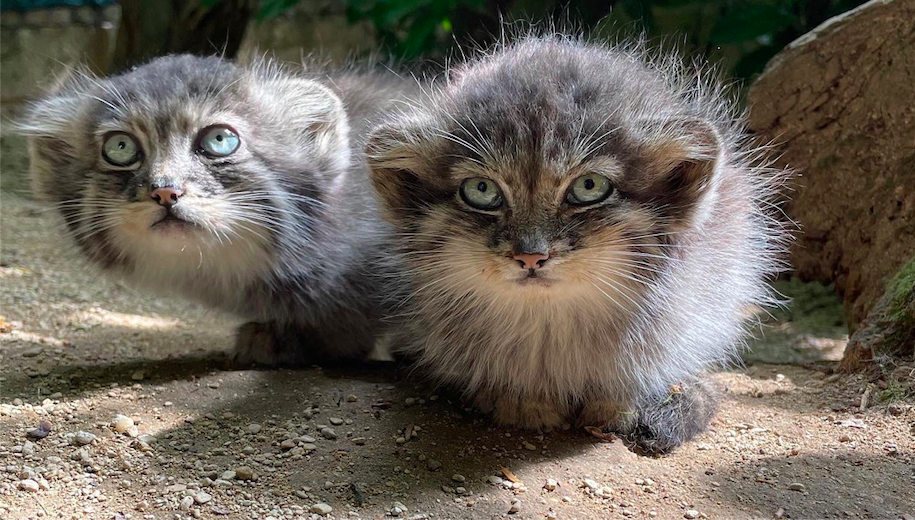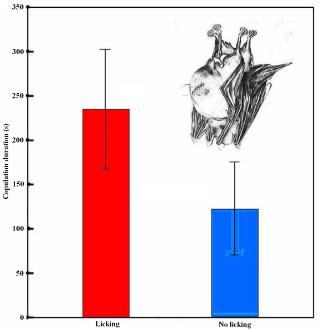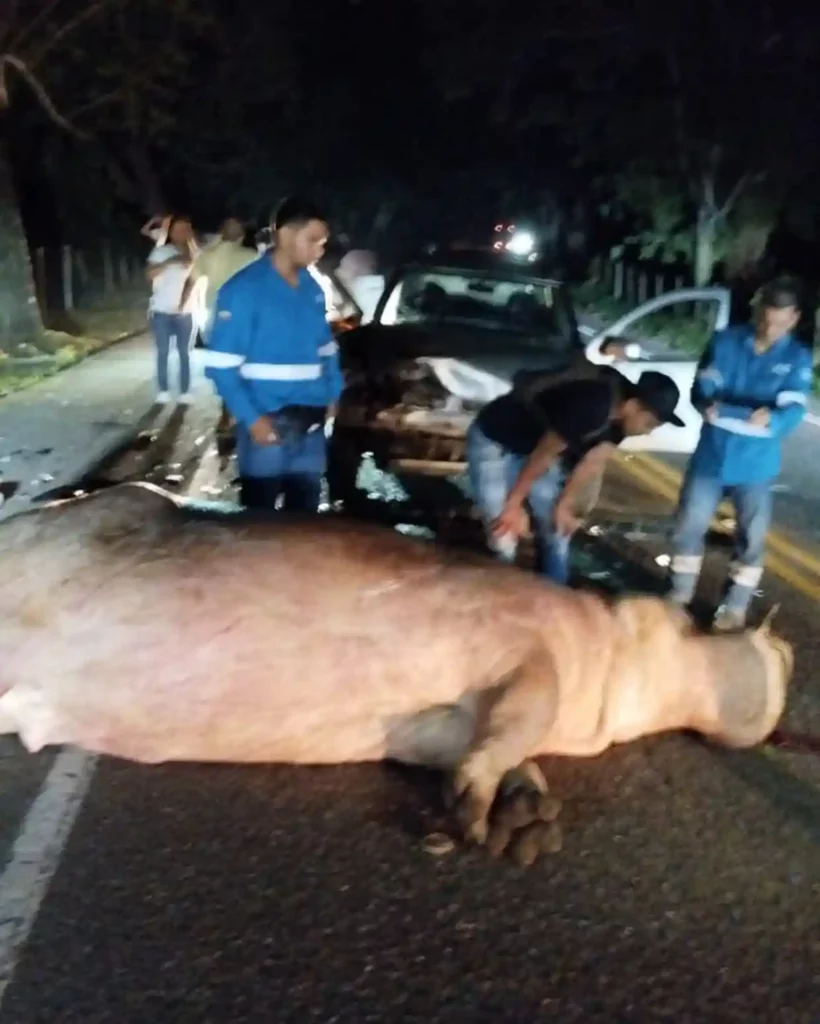It took almost five years of getting to know each other, but now a pair of Pallas’s cats have welcomed their first litter of kittens at a UK zoo.
Fittingly, Cotswold Wildlife Park and Gardens made the births public on International Cat Day.
“We’re delighted to announce that our majestic Pallas’s Cats pair, Tull and Penelope, have produced their first litter at the Park,” the Oxfordshire-based facility posted on social media Monday.
“Their as-yet-unnamed and unsexed kittens are the first Pallas’s Cats to be born at Cotswold Wildlife Park since the species arrived at the collection back in 2010. Births in captivity are considered rare – only four other European zoological collections have successfully bred this enigmatic species in the last 12 months,” the park added.

There are perhaps 58,000 mature Pallas’s cats left in the wild — and very little is known about the shy, elusive creatures.
While they aren’t listed as a threatened species by the World Conservation Union, the fluffy felines are decreasing in numbers and their populations are fragmented in the wild as their habitats in Central Asia are being destroyed.
“Every birth of this species is an achievement and keepers are very proud watching them grow,” Jamie Craig, curator of Cotswold Wildlife Park, said in a statement. “This interesting and active species are sadly declining in numbers in their wild habitat and it is great to be contributing to their captive breeding programme”.

New parents 8-year-old Tull, and 6-year-old Penelope, were introduced to each other in 2018.

They are part of the European Breeding Programme and keepers had hoped they would one day produce a litter of their own.

In 1776, German naturalist Peter Simon Pallas originally classified the cat as “Felis manul.” The word ‘manul’ is rooted in Mongolian, while the species’ scientific name, Otocolobus manul, translates from Greek to “ugly-eared.”
But those side-perched ears allows the cats to peer over rocks and ambush their prey, such as small rodents.
They also have dense and long fur — the fluffiest of the cat family — to survive cold climates.
These cats also have odd-looking pupils. While most cats have pupils that contract into slits, Pallas’s cats become tiny circles.
That might contribute to their perpetual grumpy cat look. Some have even called them the original grumpy cats.
The zoo thanked mammal keeper Willemijn, and regular visitor Stephen Woodham, for the first photos of the kittens.
It took hours of patiently waiting for an opportunity to capture images, the zoo said.
We can all agree, it was totally worth it.
We’re delighted to announce that our majestic #pallascat pair, Tull & Penelope, have produced their first litter at the Park.
— CotswoldWildlifePark (@CotsWildTweets) August 8, 2022
As it’s #InternationalCatDay, we couldn’t think of a better time to share this exciting news with you. Thanks to keeper Willemijn for these amazing 📷. pic.twitter.com/o2V8A4OgR3




